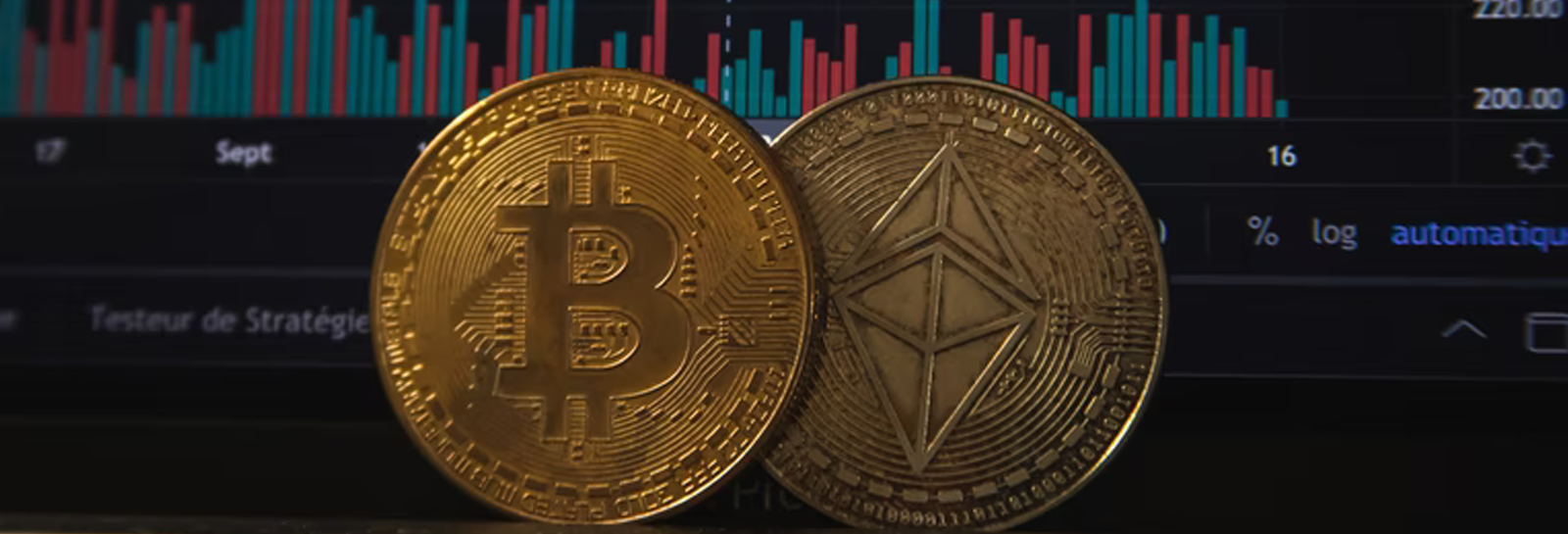
Blockchain, sometimes referred to as Distributed Ledger Technology (DLT), makes the history of any digital asset unalterable and transparent through the use of decentralization and cryptographic hashing.
A simple analogy for understanding blockchain technology is a Google Doc. When we create a document and share it with a group of people, the document is distributed instead of copied or transferred. This creates a decentralized distribution chain that gives everyone access to the document at the same time. No one is locked out awaiting changes from another party, while all modifications to the doc are being recorded in real-time, making changes completely transparent. As blockchain technology seeps further into almost every industry in the world — from government to supply chain to energy and entertainment — there’s more to the decentralization phenomenon than algorithms, regulation, and code. Concurrent to all of that is the emergence of blockchain culture, the communities that create it, and a number of remarkable blogs and media outlets keeping up on all the happenings around the world.
Back in the days of Satoshi Nakamoto, blockchain was imbued with the culture of techno-libertarianism, a community of people who wanted to live their lives outside of the control of governments and institutions, and looked towards technology to do so. As blockchain and digital currencies have become household names, the culture of blockchain has diffused into as many subcultures as their are cryptocurrencies!
Blockchain consists of three important concepts: blocks, nodes and miners.
Every chain consists of multiple blocks and each block has three basic elements:
The data in the block. A 32-bit whole number called a nonce. The nonce is randomly generated when a block is created, which then generates a block header hash. The hash is a 256-bit number wedded to the nonce. It must start with a huge number of zeroes (i.e., be extremely small). When the first block of a chain is created, a nonce generates the cryptographic hash. The data in the block is considered signed and forever tied to the nonce and hash unless it is mined.
Miners create new blocks on the chain through a process called mining.
In a blockchain every block has its own unique nonce and hash, but also references the hash of the previous block in the chain, so mining a block isn't easy, especially on large chains.
Miners use special software to solve the incredibly complex math problem of finding a nonce that generates an accepted hash. Because the nonce is only 32 bits and the hash is 256, there are roughly four billion possible nonce-hash combinations that must be mined before the right one is found. When that happens miners are said to have found the "golden nonce" and their block is added to the chain. Making a change to any block earlier in the chain requires re-mining not just the block with the change, but all of the blocks that come after. This is why it's extremely difficult to manipulate blockchain technology. Think of it as "safety in math" since finding golden nonces requires an enormous amount of time and computing power.
When a block is successfully mined, the change is accepted by all of the nodes on the network and the miner is rewarded financially.
23-142, R.K Nagar, Hyderabad, Telangana 500047
Customerservice@selcaconsulting.com
+91 9052224364, +1 864 973 9816
Please fill in the form and our representative will get back to you.
What would success look like in a year? What are current roadblocks and challenges? Our team understands how to analyze your challenges and produce recommendations for actionable improvements.
Selca has extensive experience and our team of skilled professionals are eager to work with you. We have served clients across the globe from diverse industries.